From forest-shrouded communities living in hilltop hamlets to coastal fishing communities that blossomed into trading ports, there is no shortage of beautiful small towns in Europe. Yet there’s one thing that Europe’s most magical towns often have in common: medieval roots. And I love them.
Half-timbered homes, hardy defensive walls and the Romanesque and Gothic architecture of the Middle Ages – we can’t seem to get enough of them. Every year, millions of us are enticed to visit these storied and picturesque old towns that are as timeless as they are enchanting.
Carcassonne, Bruges, Edinburgh, and even Prague often get a mention in articles about the best medieval towns in Europe, and I get it: they are beautiful. However, as spectacular as the well-preserved cores of these medieval cities are, they are very much cities. So, if you’re looking for some magical medieval towns in Europe to visit, I hope this list of my favourite small towns will introduce you to some hidden gems alongside the continent’s better-known storied settlements.
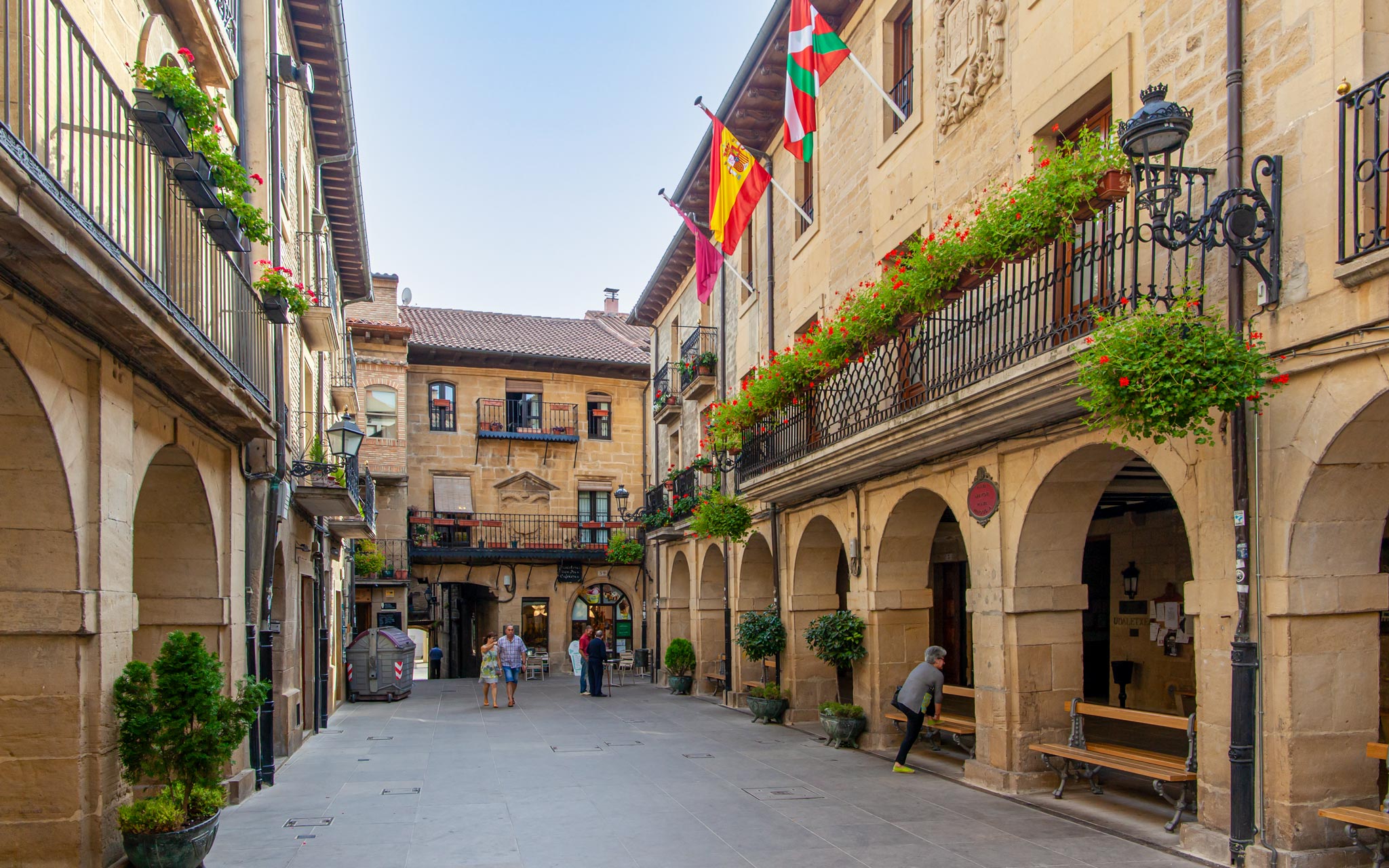

Laguardia, Spain
Set in Spain’s famous La Rioja wine region, the beautiful small medieval town of Laguardia dates back to the 10th century. Constructed as a defensive town for the Kingdom of Navarre (now in the Basque Country), the historic core is one of Spain’s hidden gems – even if not as many of the original walls are still standing. Enter through a handful of imposing gates, and you’ll find a magnificent web of tiny car-free streets.
Yet it gets even better underground. As part of Laguardia’s medieval legacy, there are around 200 subsurface tunnels weaving below the streets. Another defensive asset is that the tunnels that are now still in use, now mainly used for ageing wine and hosting tastings of the local, full-bodied red Riojas. Head to Bodega El Fabulista to learn about traditional production methods and sample a glass or two in the underworld.
Rüdesheim am Rhein, Germany
Snaking through Austria, Switzerland, Germany, and France before meeting the sea in Amsterdam, the banks of the Rhine River are dotted with some of the prettiest medieval towns in Europe. Castles stand steadfast, photogenic half-timbered dwellings flank cobbled streets, and terraces of well-irrigated vines string settlements together. There’s a reason that river cruises along the Rhine are some of Europe’s most popular, and it’s a chance to glide past and visit many of these smaller towns otherwise overlooked in favour of the big-hitters like Strasbourg.
Germany’s Rüdesheim am Rhein is one such fairytale. With a population of around 10,000, its medieval core remains delightfully unhurried, while the surrounding wineries are as important now as in the Middle Ages. The best starting point to soak up both is the 12th-century Brömserburg Castle, housing the regional Rheingau Wine Museum. Then, amble along narrow Drosselgasse, its traditional buildings draped in foliage, take in sweeping vineyard panoramas from Ehrenfels Castle, and and see the crimson, half-timbered, five spired tower of the Brömserhof, a medieval manor house.
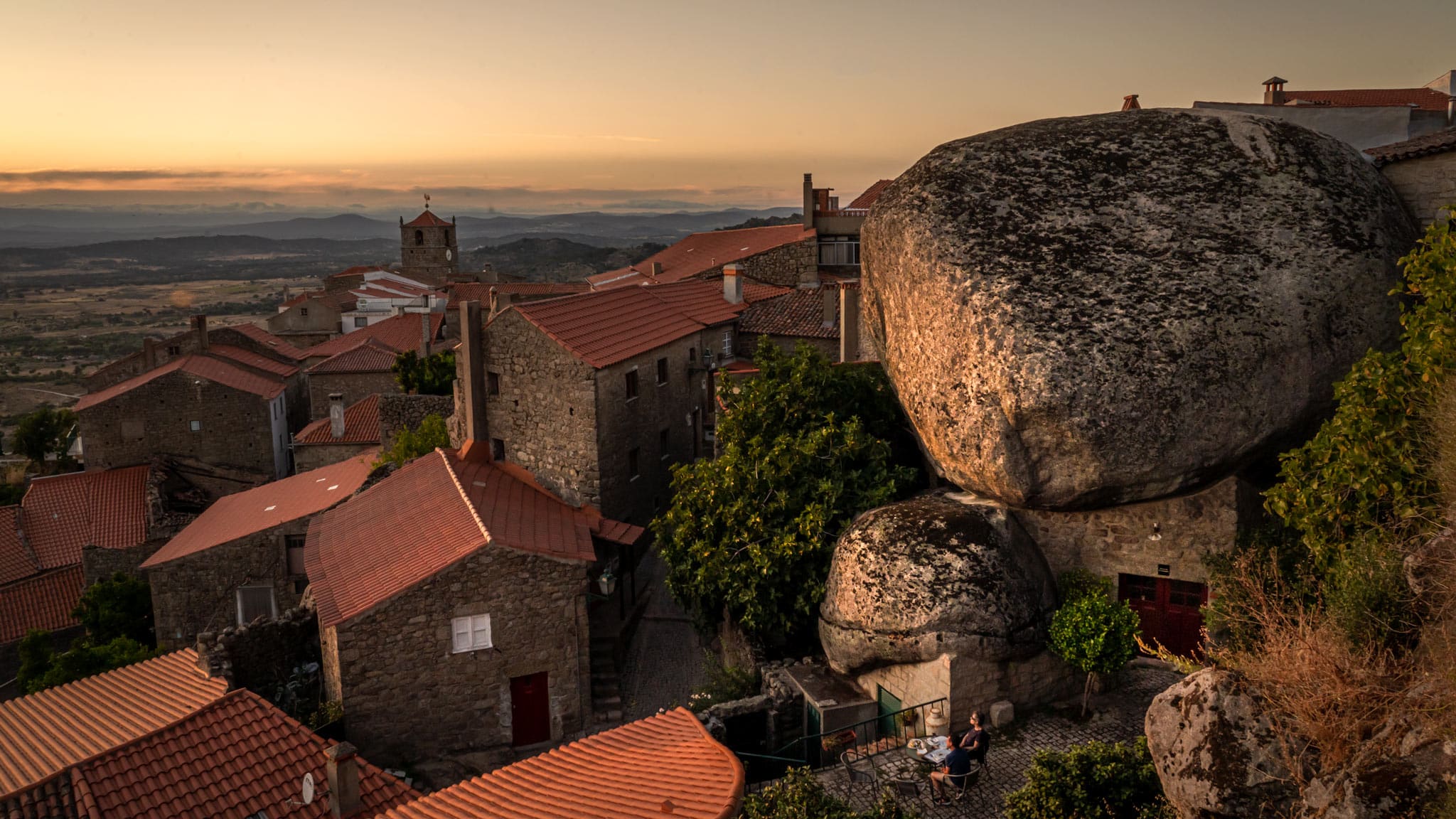

Monsanto, Portugal
In Portugal’s parched interior, there is no shortage of schist villages and historic hamlets, including Monsanto, one of the most unique small towns in Europe. Perched atop a volcanic massif with far-reaching views of Spain’s border, Monsanto was once voted the “most Portuguese village”. However, I’d argue it’s anything but. Here, the hilltop settlement has taken shape around the huge boulders and dot the landscape, with homes wedged against, between, and even under precarious-looking giant rocks.
It’s utterly charming and blissfully relaxed. Monsanto isn’t a place you come to do much, and that is very much the charm. There are excellent panoramas, the remains of a fortified castle, and a timeless air that sadly is getting lost in Portugal’s ever-growing tourism scene. Closer to Coimbra, you’ll find more Schist Villages in the Serra da Lousã. Cerdeira, which has been lovingly restored, now provides a bolthole for creativity with some of Europe’s most tucked-away workshops and retreats.
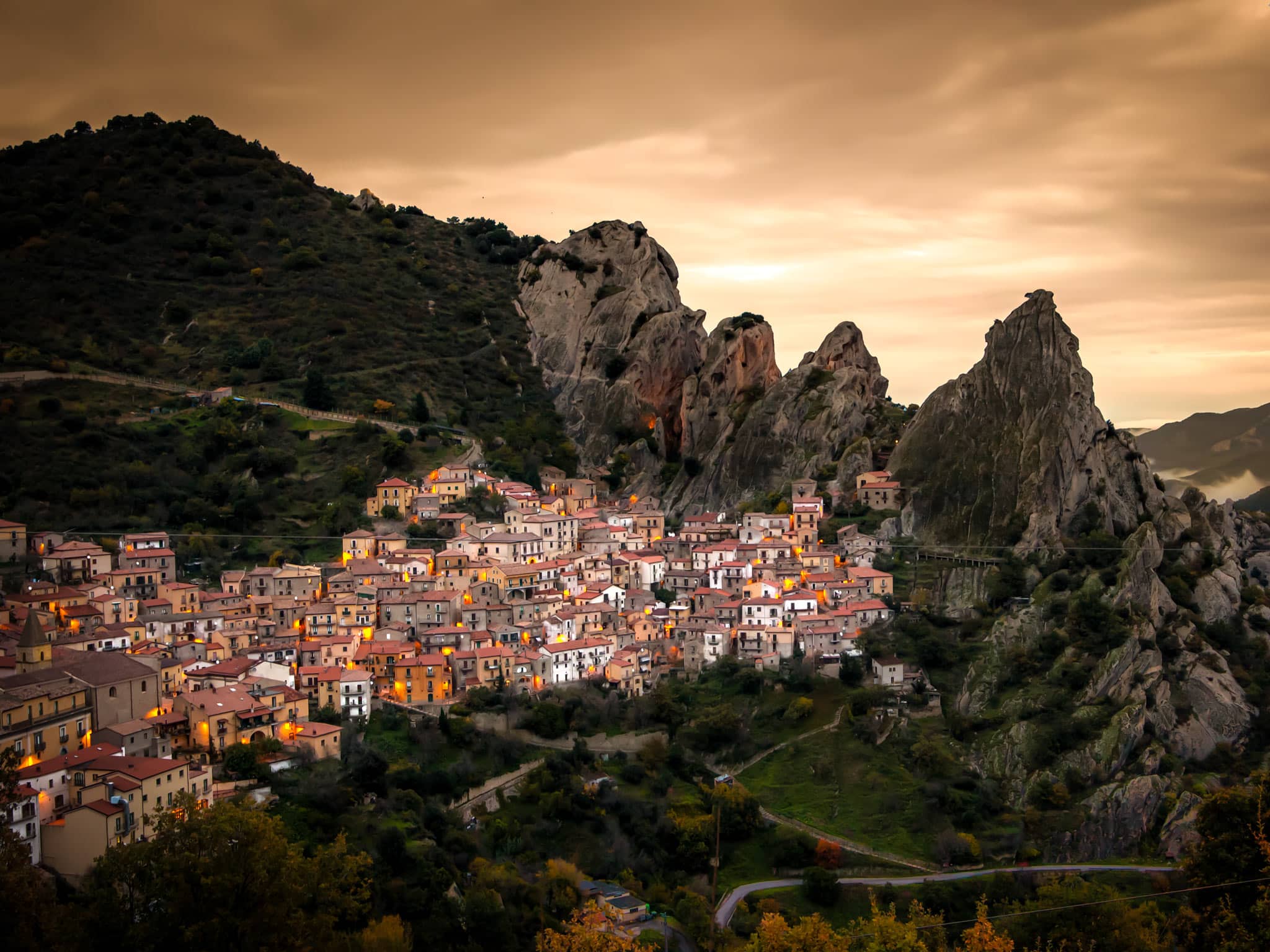

Castelmezzano, Italy
Tucked away in the mountains of Italy’s lesser-visited Basilicata region, Castelmezzano is a true countryside bolthole. But more than that, it’s one of Europe’s most beautiful small towns, dramatically backed by sky-piercing serrated peaks of the Lucanian Dolomites.
Constructed in the 10th century, the settlement retains much of its original Middle Ages charm. Most notable is the Norman Castle, which gave the town its name. On the edge of town, a staircase carved into a sloping, soaring rock served as part of the ancient castle’s walls, and from here, the valley views are spectacular. Across, the village of Pietrapertosa looks back. But there’s no need to hike; linking them both is The Angel’s Flight. This high-speed zip wire will whisk you between these two beguiling peak-snuggled settlements before continuing your southern Italy road trip to the mesmerising cave city of Matera.
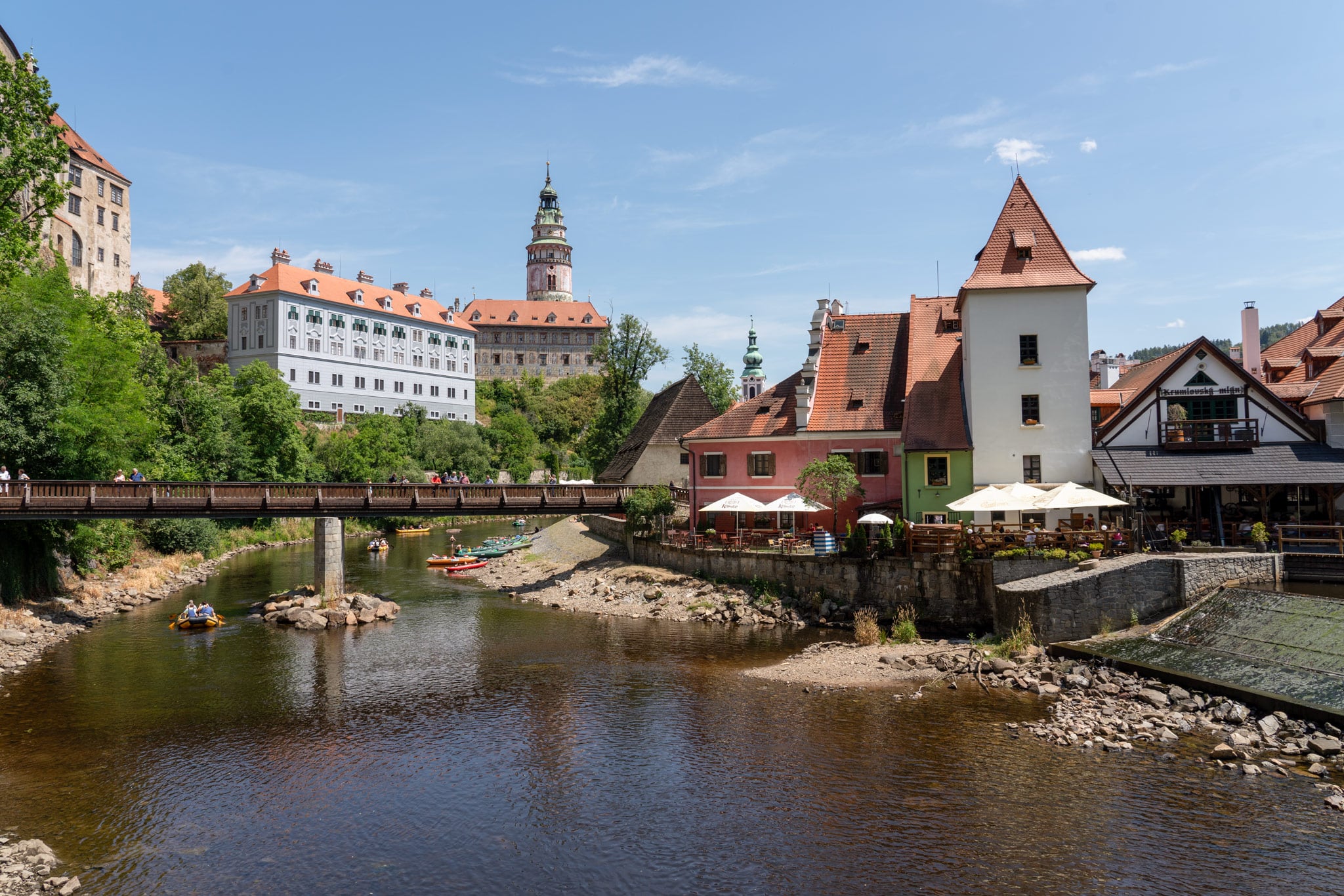

Cesky Krumlov, Czech Republic
If you close your eyes and imagine a medieval European town, you’re likely visualising Cesky Krumlov. The crowning jewel of South Bohemia, and arguably the Czech Republic (beyond Prague, at least) there’s a reason this literal fairytale has become one of the country’s tourism darlings. Soaring spires, cobbled streets, and vividly painted buildings make the Old Town a painting-like panorama, with the crowning 13th-century castle towering above it all.
Honestly, I doubt Disney could have come up with anything better. Wandering between the clutch of museums, covering everything from medieval torture instruments to modern art, and you’ll soon realise that falling in love with the town from all angles make this much more than a day trip. Slicing through the middle of it all is the Vltava River. Not only does the waterway add allure, but it’s still traversed – albeit by tourists rather than for trade, these days – by flat timber rafts that were first used in the Middle Ages.
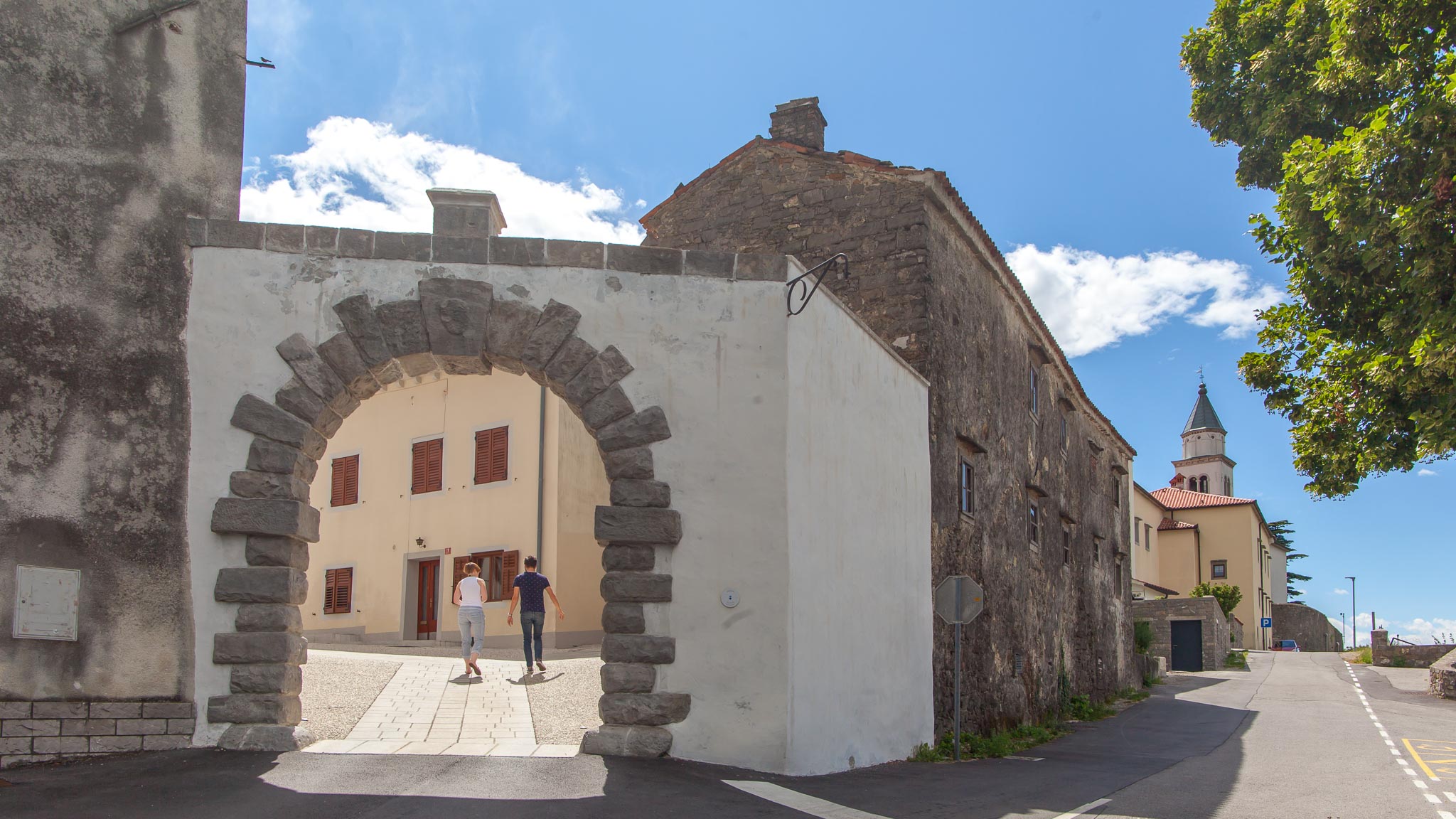

Vipavski Križ, Slovenia
Slovenia’s Vipava Valley is an oenophile’s dream. Under the valley’s fertile farmlands, hundreds of family-owned wine cellars are hidden away. These historic cellars and their hospitable hosts are usually more than happy to welcome you to taste the good stuff. But above ground, the Italian-bordering region is equally as impressive, with castles, serious sustainability efforts, and a plethora of pretty small European towns to explore by bike.
Among them, the 15th-century fortified town of Vipavski Križ stands out. A vital trading route since the Ottomans started passing through, the walled settlement is incredibly well preserved in parts, while other historic dwellings are part of a one-euro purchasing scheme to ensure restoration. Of course, being Vipava, the town also has its own underground cellar, which is often used to host concerts alongside wine tastings.
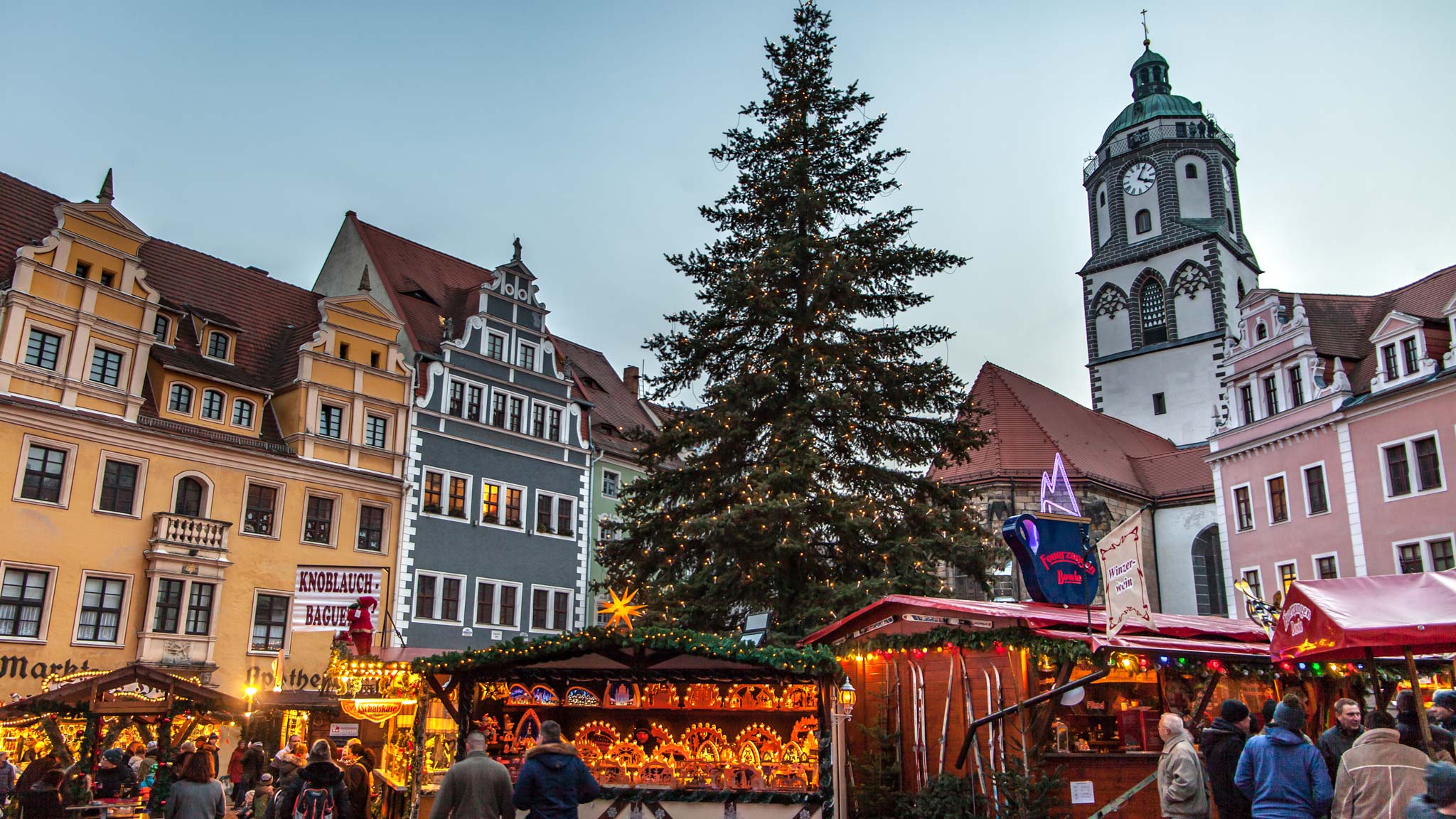

Meissen, Germany
It’s fair to say that Germany lauds many of the most magical medieval towns in Europe, and the region of Saxony is no exception. Best known for the rebuilt Baroque city of Dresden, the “State of the Arts” has many other incredible places to visit. One of my favourites is Meissen. The town is particularly charming at Christmas when it feels like walking around an advent calendar, yet it has year-round reasons to visit.
Firstly, the town is renowned for its porcelain production. The continent’s first manufacturer opened here in the early 18th century, firmly putting its “white gold” on the map. But go back further, and you’ll realise that Meissen was a trendsetter as far back as the 15th century when the imposing Albrechtsburg, Germany’s oldest castle, was constructed. Between the Elbe River views, double-spired cathedral, whitewashed castle and cosy restaurants lining cobbled streets, Meissen ticks all the medieval boxes.
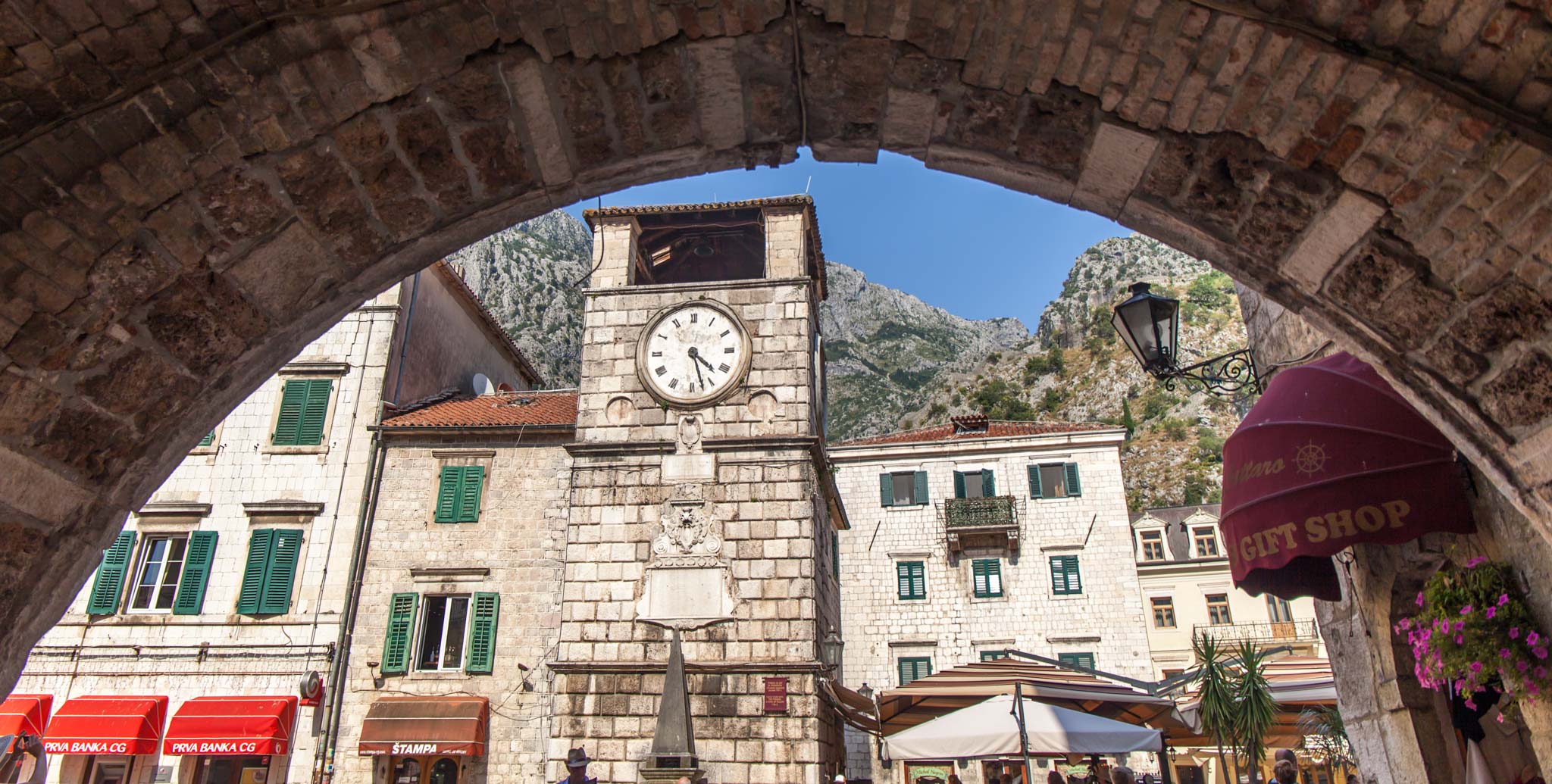

Kotor, Montenegro
Cats on every corner, sweeping fortress panoramas, and blissful bay dips have helped put the historic European town of Kotor on many traveller’s radars. So much so that UNESCO is considering reviewing the bay’s World Heritage Site status. Much of this struggle comes from its popularity with hulking cruise ships and day-trippers. But visit in the off-season, and you’ll find a more enduring Kotor that allows you to experience Montenegro’s medieval marvels without the crowds.
At ground level, the 12th-century Cathedral of Saint Tryphon and the Church of St. Luke set the scene. But you’ll want to strap on some decent shows and climb the mountain path for the best of medieval Kotor. High above the town, from what remains of San Giovanni Fortress, the original medieval fortifications, the spectacular Bay of Kotor, a snaking of azure hemmed by lush peaks, spills out in all its glory.
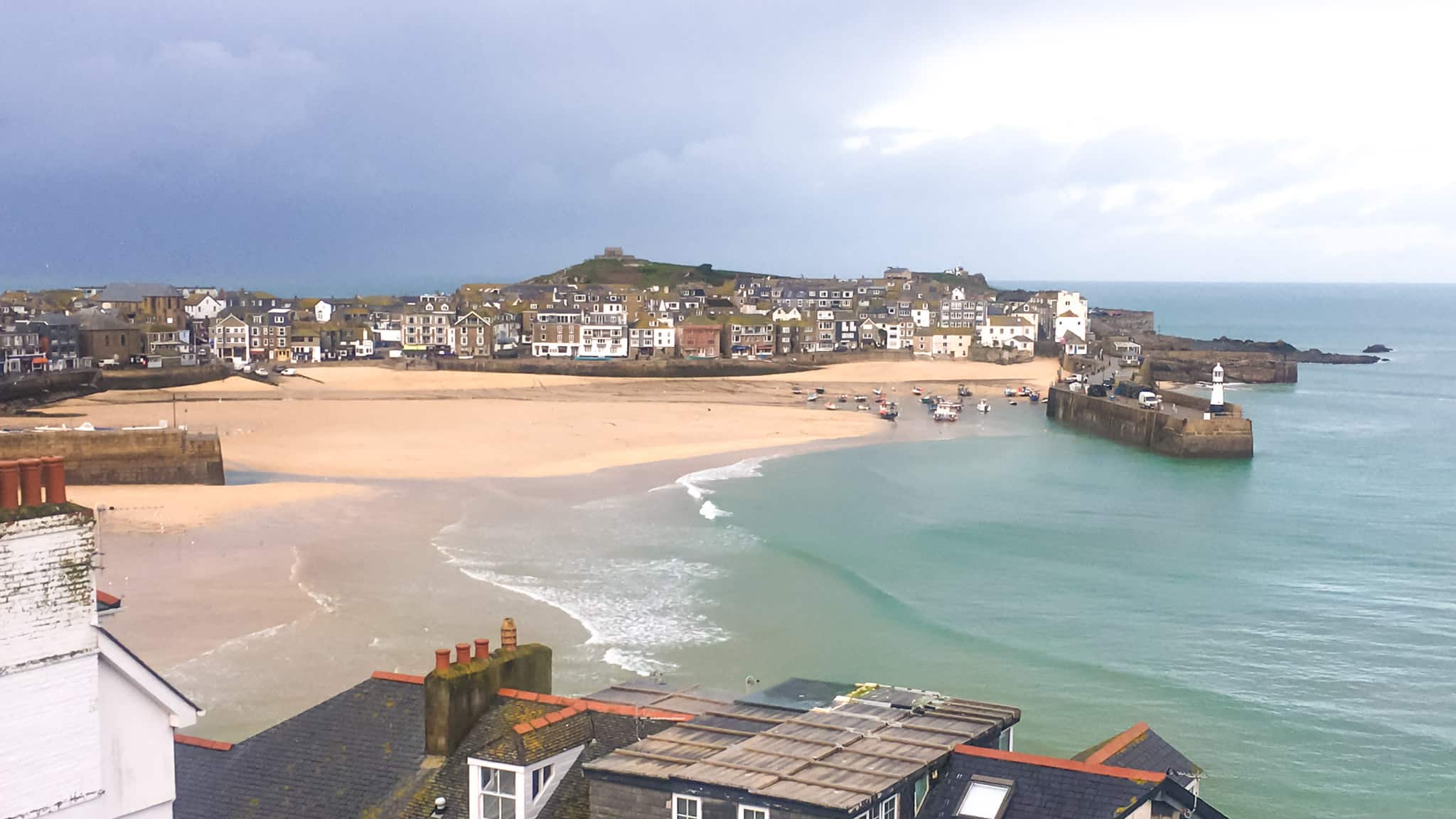

St Ives, UK
Long one of Cornwall’s most sought-after seaside destinations, the handsome fishing town of St Ives has it all. Sweeping sands, a jumble of narrow, colourful cobbled streets, and some well-preserved 15th-century architecture, such as the parish church, make it as idyllic, scenic and storied as English settlements come. Proud of its medieval market town roots, from the days of being Saint Ives, the town still steps back in time to celebrate at its big medieval fair bash.
Once you’re done on the beach and with your fish and chips, poke around the stone-built settlement and seek out some of its most historical features, such as the Vernon la Well, ancient fishing well, and St Leonard’s fisherman’s chapel. For the best views, ramble up the grassy “Island” headland to 15th-century St Nicholas Chapel; once a smuggling lookout, it’s now simply a scenic spot to soak in the views of one of the prettiest medieval towns in Europe.
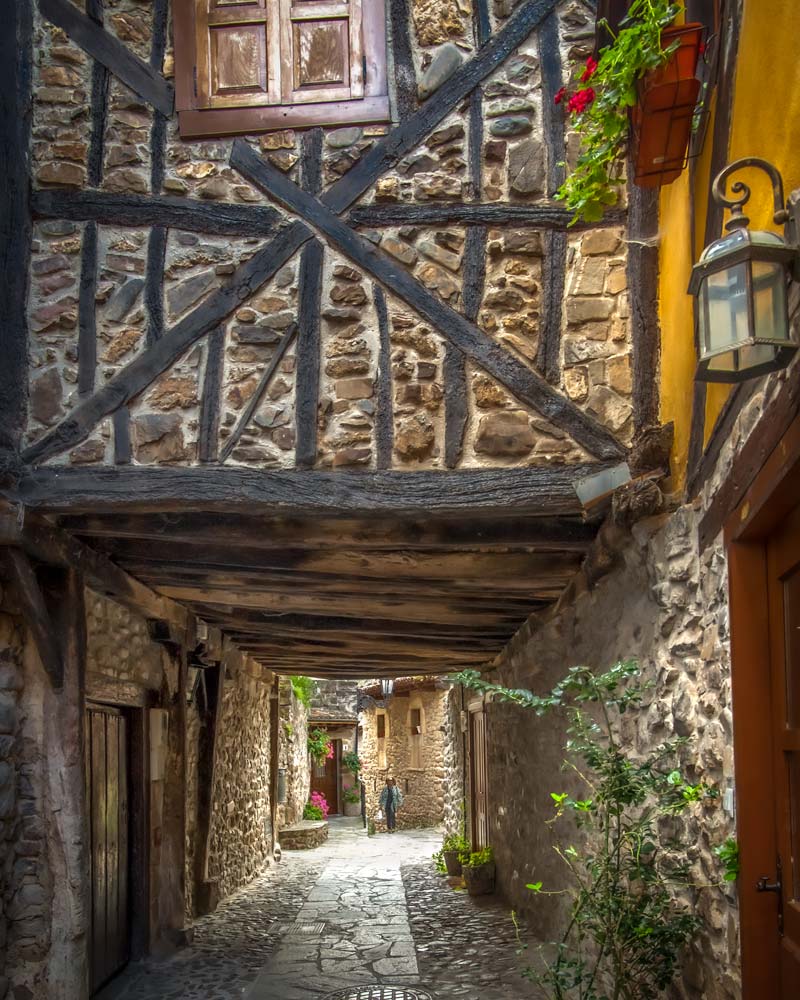

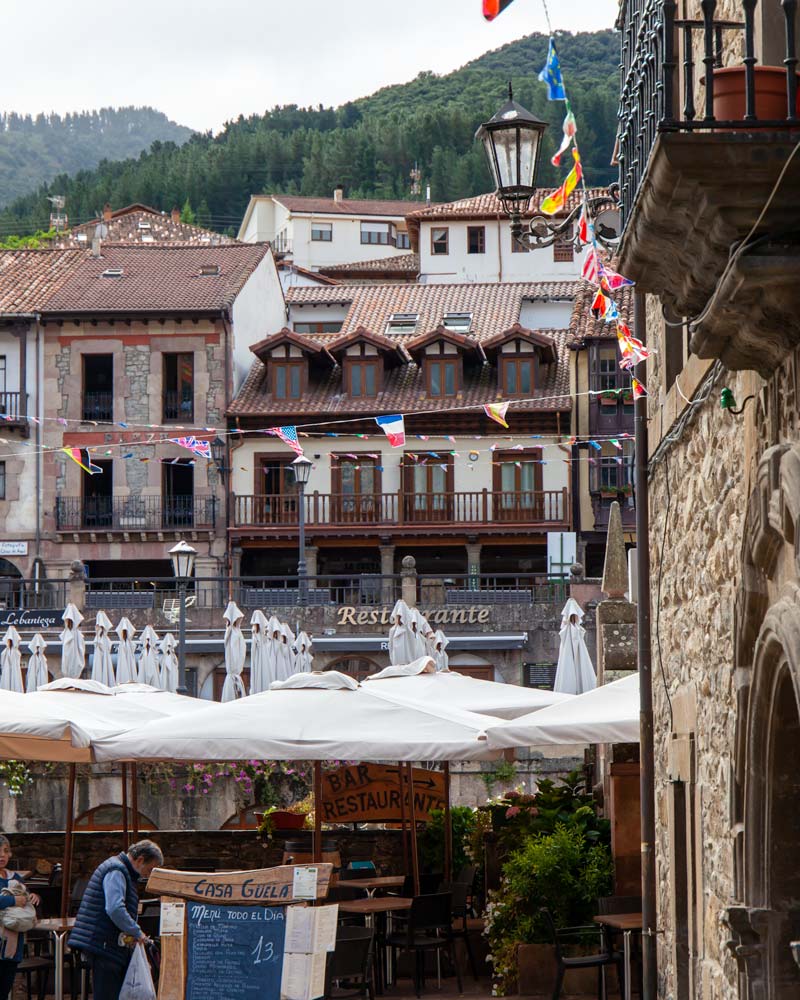

Potes, Spain
One of Cantabria’s most dreamy, small medieval towns, Potes is the perfect example of hidden Spain away from the coast. Here, the landscapes of the Picos de Europa National Park and the more relaxed pace of life invite you to slow down along the river, taste local cheeses at the market, and spend hours wandering between the old wooden framed houses that often seem like they really shouldn’t still be standing and the river viewpoints.
There are a handful of medieval structures worth checking out, such as the thick, stone-built Torre del Infantado and the town’s 14th-century Church of San Vicente. But really, Potes is a place to slow down, go on bird-soundtracked hikes, and embrace the ancestral ways of life that still thrive in Green Spain.
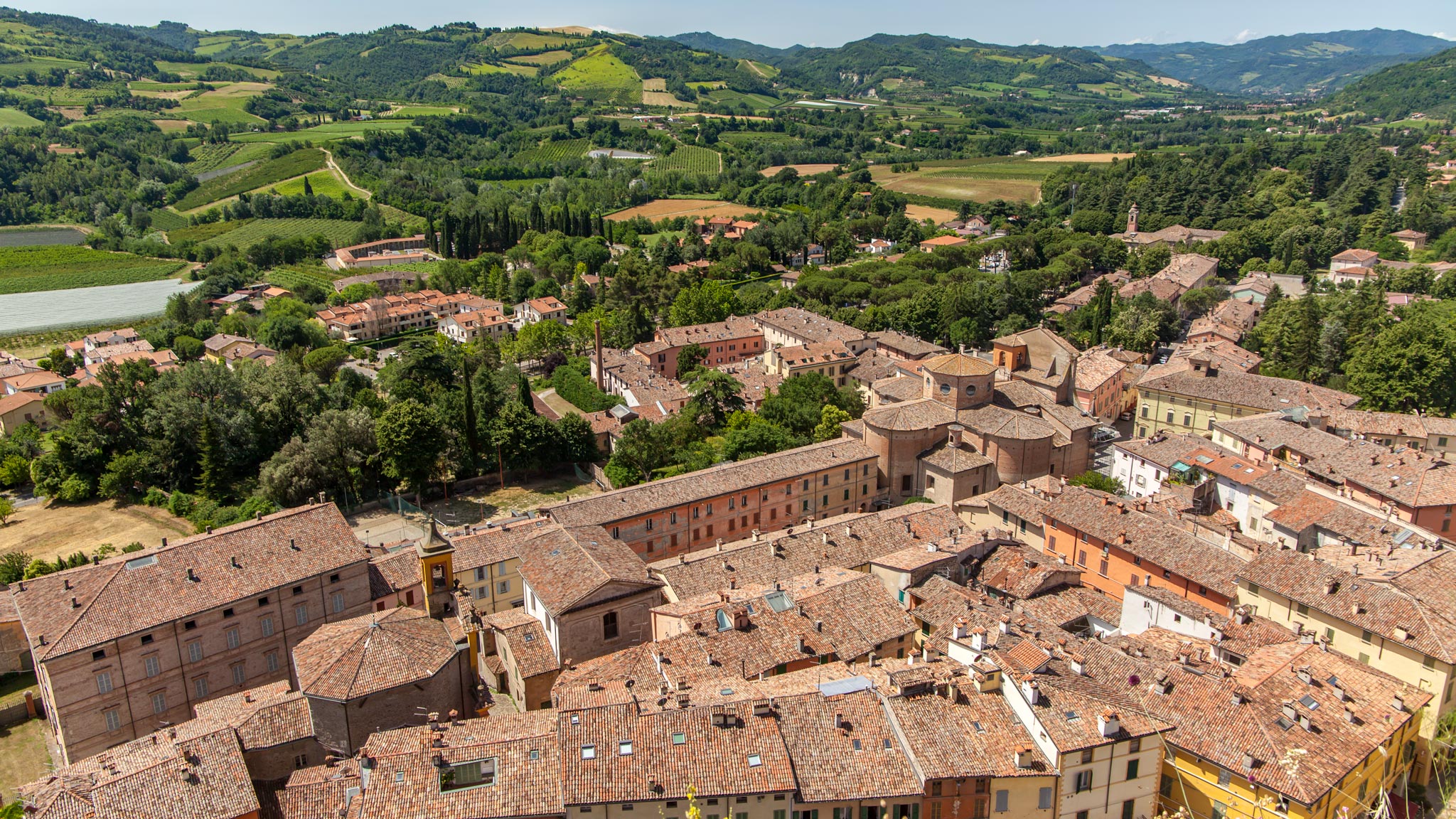

Brisighella, Italy
Arguably Emilia Romagna’s most magical hamlet, the small medieval town of Brisighella, is exactly how you’d imagine an Italian town to be portrayed in the movies. Constructed around three hills, each with its own crowning glory – a clocktower, a church and the 14th-century Rocca Manfrediana Fortress – the verdant, Tuscan-like setting is quite the sight to behold.
It’s also criminally overlooked for the most part, and if you stay overnight, you’ll be able to fully appreciate the town’s history on your own. Aside from the stone houses typical of the period, Brisighella’s most impressive medieval sight is the Via degli Asini. This enclosed walkway, with windows, chunky wooden beams and an uneven stone floor once traversed by mules and traders, remains incredibly well preserved and serves as the best starting point to delve into the town’s medieval history.






